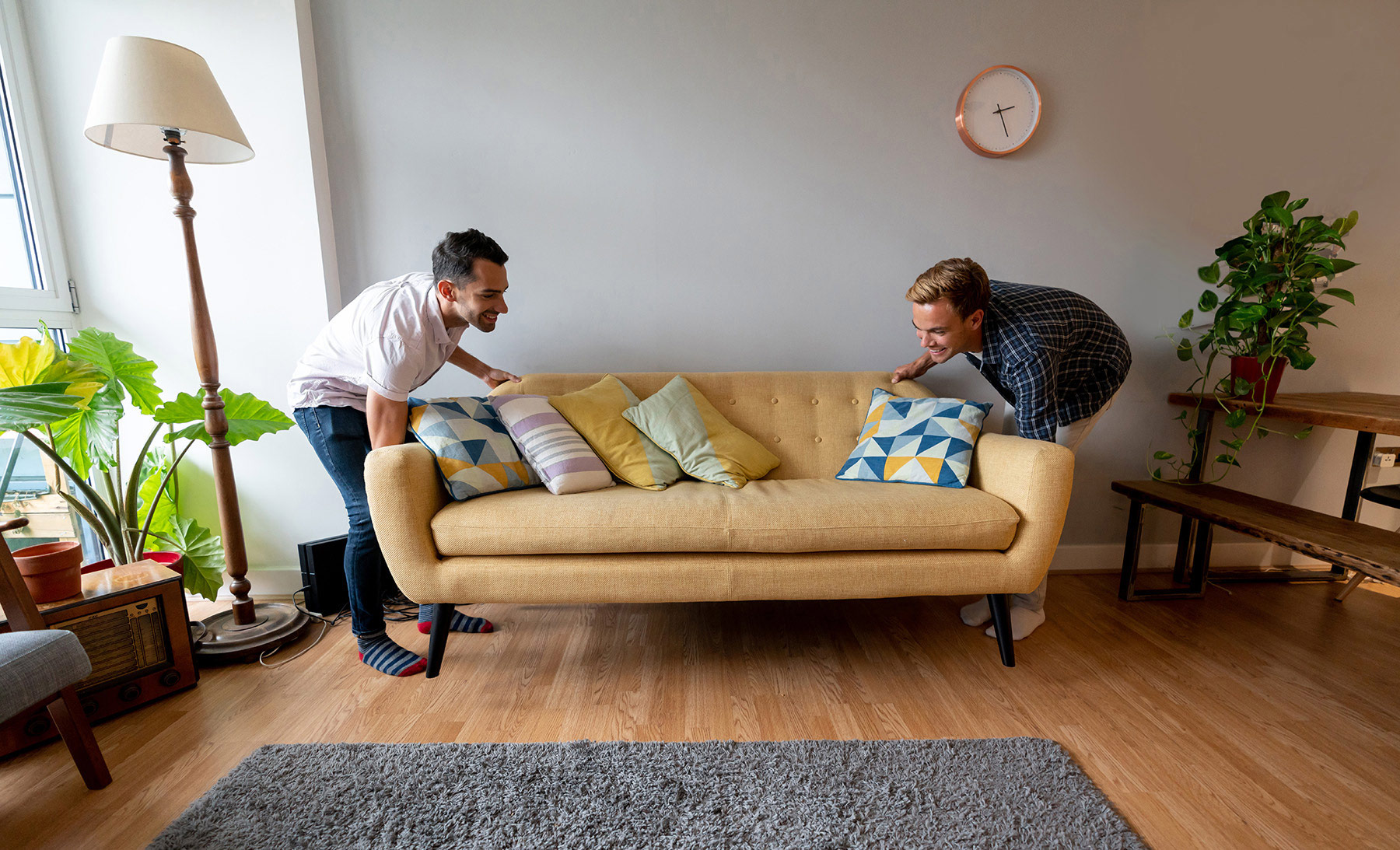Follow these steps when renting your home through a property management agency.
Contents
- Make an enquiry about the property
- Set up a Rental Profile
- Attend an open inspection
- Submit an application
- Finding out if you've got the rental property
- Signing the lease
- Reviewing the property condition
- Paying the rent and bond
1. Make an enquiry about the property
Enquire about the rental property by phoning or emailing the agency using the details provided in the listing advertisement. You may be invited to enter your details and create an account online, which the agent will use to automatically email or SMS you information about the properties you are interested in.
2. Set up a Rental Profile
Most real estate agencies use a rental profile system that allows you to create an account and set up your online rental profile. Having an account means that you don't have to re-enter your details each time you register interest in renting a property. Speak to the manager of the property you're interested in to find out if their agency uses an online registration process.
There is no cost to setting up a rental profile.
3. Attend an open inspection
Ensure you attend an inspection to view the property. The inspection may be a public or private inspection, or even virtual (online).
By attending an inspection you can ensure the property is as advertised, meets your requirements, and you feel comfortable about the home and neighbourhood.
You should also bring a list of your 'must-have' features to check the home meets your requirements and a tape measure if you have any concerns about items of furniture fitting (for example, refrigerator or couch).
You should also discuss timeframes at the inspection, that is, when the property will be available, so you can make plans with removalists.
Be on time for the inspection to help make a good impression with the property manager.
Note that many property managers will not lease to a tenant who has not inspected the property. If you can’t physically attend an inspection and a virtual inspection is not available, the agent may accept a family member or a trusted friend to inspect it on your behalf. However, this will be on a case-by-case basis and you will need to speak to the property manager to confirm that they allow it.
4. Submit an application
After attending the inspection, submit your application to the property manager to register your interest in renting the property. An individual application must be submitted for every person whose name is to appear on the lease.
Potential tenants may choose to submit an application before viewing the property.
In most cases you will need to submit your application online and supply the following information as part of the application:
- rental reference (if you have one)
- rental profile
- employment reference or proof of income, e.g. Centrelink statement
- personal references.
The property manager will do a reference check of your application. Once all applications are assessed they property manager will submit the recommended application to the landlord for approval.
5. Finding out if you’ve got the rental property
If your application to rent the property is successful you will be notified by the property manager.
At this point you will normally confirm rent and bond costs.
Rental Discrimination
If you believe you have been discriminated against based on personal characteristics, you may be eligible to lodge a complaint under the Equal Opportunity Act 1984 (SA).
6. Signing the lease
Before signing, read all terms and conditions of the lease and don’t be afraid to ask the property manager to explain anything you don’t fully understand.
Ensure you get a copy of the signed lease agreement.
7. Reviewing the property condition
On the day that you receive the keys for the property you will be given two copies of the Property Condition Report, signed by the property manager.
You have 14 days to review the report, sign and return it to the property manager.
It is recommended that you take photos of the property before you move in, especially of any existing damage that was there before you move in.
8. Paying the rent and bond
If you are eligible, Housing SA can pay your bond (which means you avoid having to pay the equivalent of four to six weeks rent up front). Housing SA can also help you by paying your rent in advance or paying your rent if you fall behind on payments (up to four weeks in a two-year period).
It is standard procedure to pay rent and bond within 24 hours of accepting the property lease and receiving a confirmation email. This can normally be paid electronically.
If you are using a Housing SA bond it can take longer than 24 hours for the bond to be processed. The bond and first two weeks rent must be paid on the lease start date at the latest.
When you leave your property you can claim to have your bond refunded.
Help paying bond and rent
Help is available from Housing SA to pay your bond or rent in advance.
Private Rental Assistance
You may be eligible for help from Housing SA to pay bond and rent for:
- privately rented accommodation
- residential parks
- boarding houses and shelters
- community housing
- no premium retirement villages.
Housing SA bonds are bond guarantees that are lodged with Consumer and Business Services (CBS).
 Rental Process
" />
Rental Process
" />